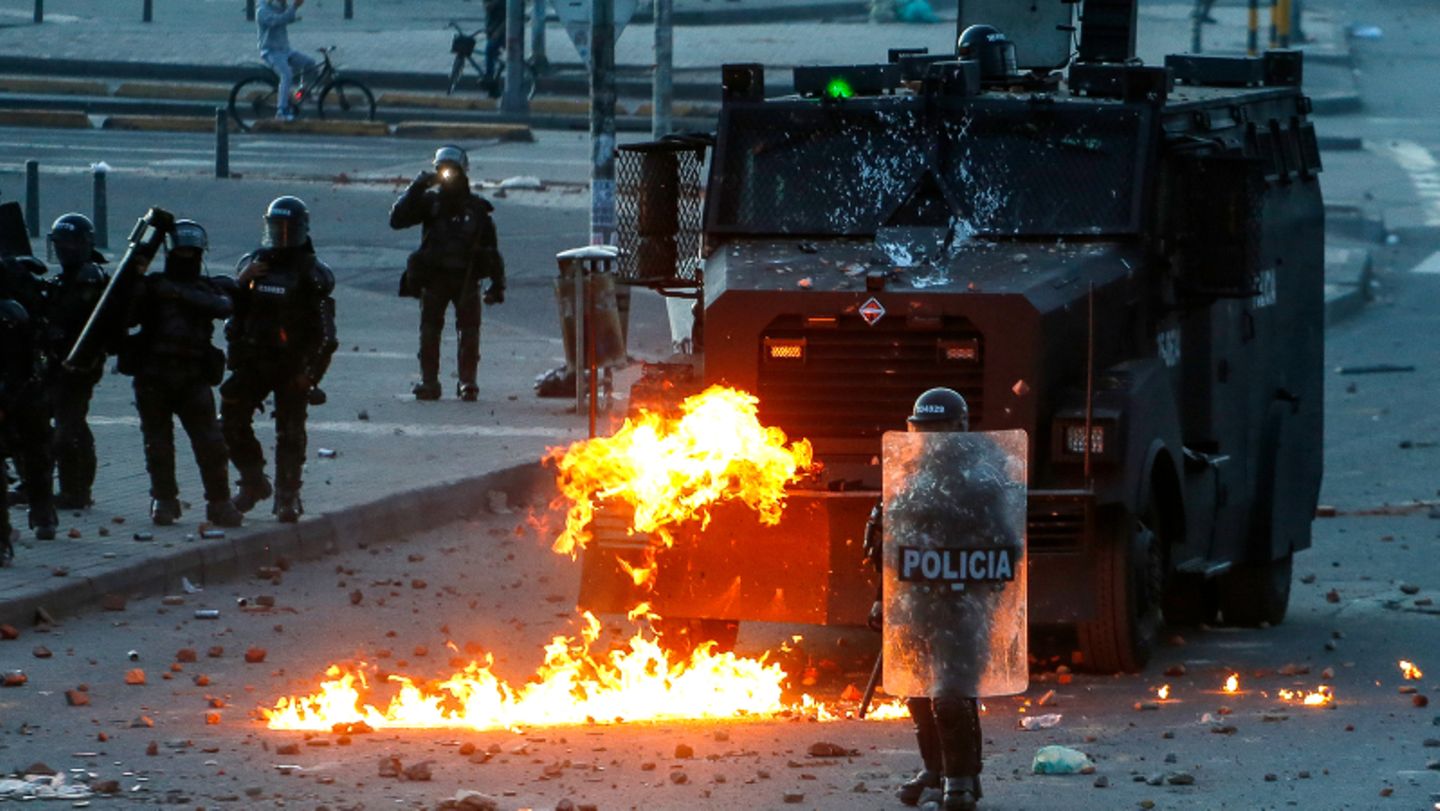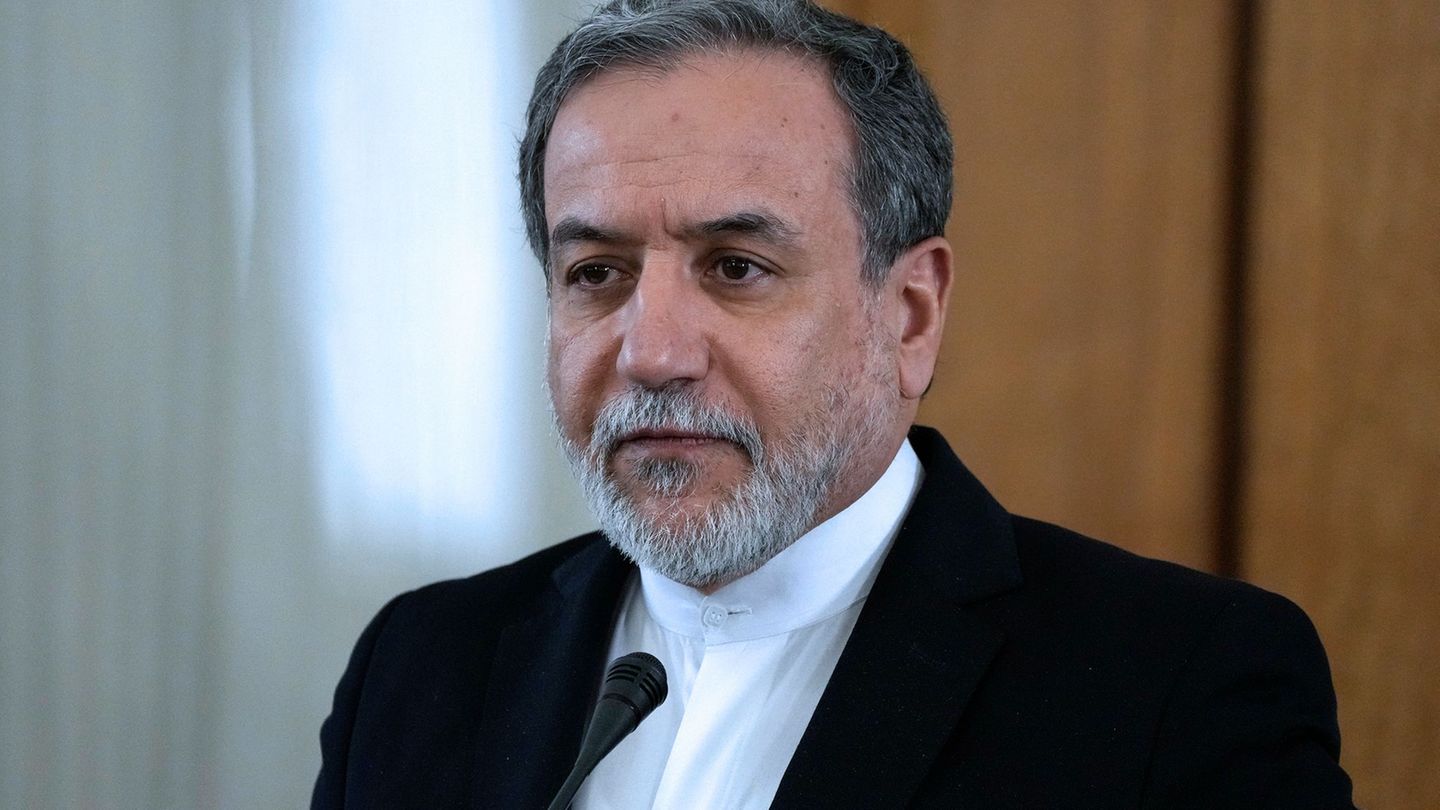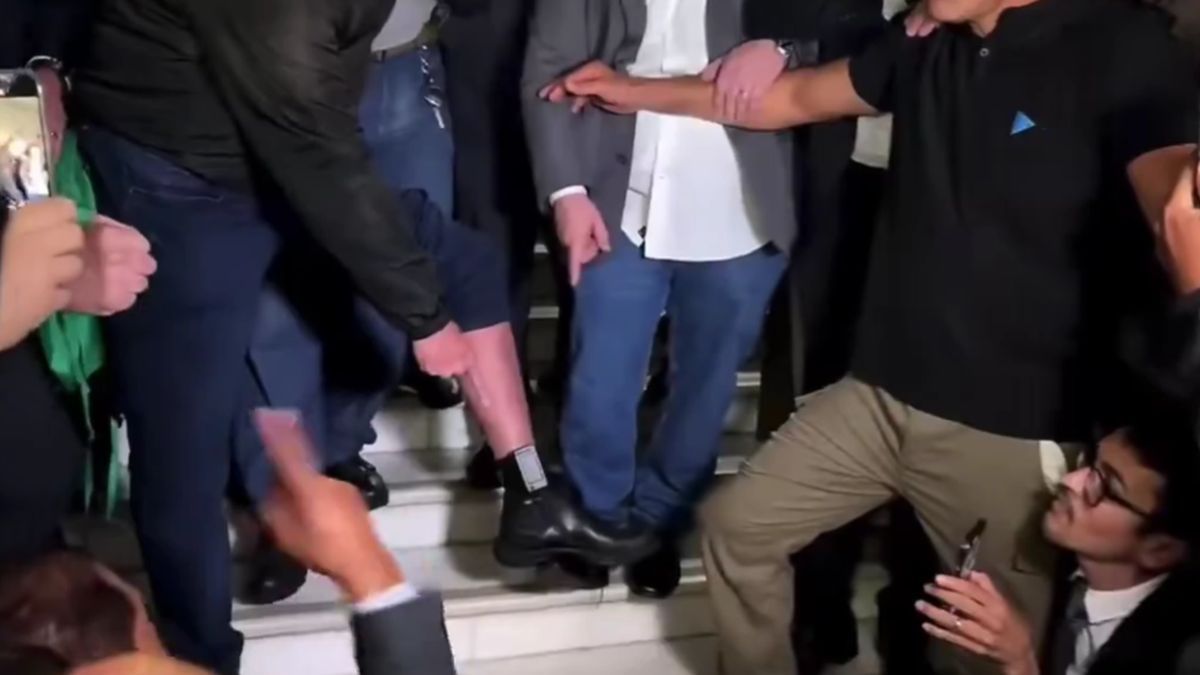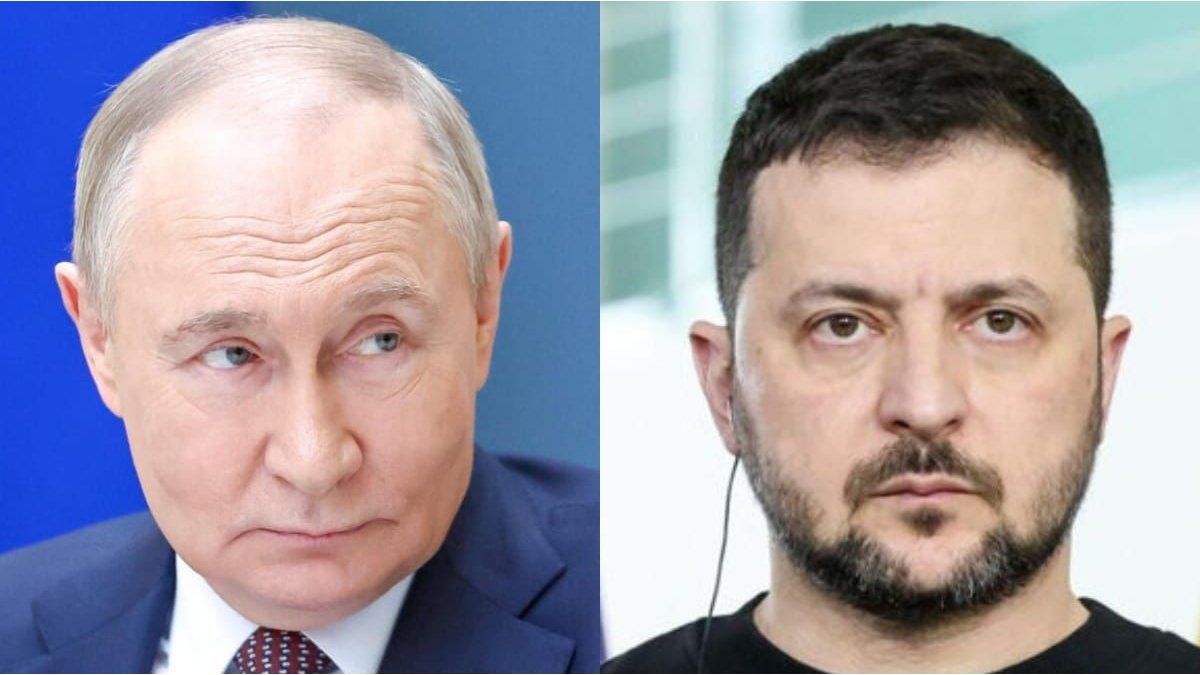After more than 50 years of civil war, the Colombian government signed a peace treaty with the FARC guerrillas in 2016. The economy experienced an upswing, tourism boomed. But five years later the violence is back.
When history was being made in Colombia, Luís Enrique Castillo was at his parents’ finca. When the government and leading guerrillas finally signed a peace agreement on November 24, 2016 in a theater in the capital Bogotá after so many decades, the former guerrilla fighter withdrew to Viotá, a small village in the province of Cundinamarca. There he plants bananas.
For 52 years there was a bloody civil war in South America’s second most populous country with its 50 million inhabitants today. Around 220,000 people were killed and millions were displaced. After the peace agreement, ex-combatants should be reintegrated into civil life. Like Luís Enrique Castillo.
Agreement lowered homicide rate – tourism boomed
“That interested me,” says the 43-year-old from the German press agency. “To start over and lead a different, dignified life.” For more than ten years he fought with the “Revolutionary Armed Forces of Colombia” (FARC). For several years he was imprisoned in Bogotá’s notorious “La Modelo” prison.
Castillo adheres to the peace agreement, the signing and approval of which by parliament six days later ended one of the longest armed conflicts in the world. According to the government, around 5,600 out of 7,500 former FARC fighters follow suit. But thousands have also gone underground again.
Camilo González Posso, president of the non-governmental organization Indepaz, told the DPA: “The agreement was important because it meant the dissolution of the main armed group and closed a chapter in our history.” The implementation is planned for 15 years – but other things also do not go as hoped after five years.
In 2016, in an atmosphere of peace and reconciliation, Colombia was in a state of upheaval. The murder rate was lower than it had been in decades. The economy experienced an upswing, tourism boomed. González says: “Although violence has not disappeared from our society, we have gained in human lives and new conditions for economic and political activities.”
Since 2016: Hundreds of massacres committed again
In one year, for example, more than five million tourists came for the first time. German travelers were also amazed at the diversity of the country between the Caribbean, Andes and Pacific. The then President Juan Manuel Santos received the Nobel Peace Prize in 2016. The matter of peace was complicated from the start. All the more so since the population rejected a first version of the agreement in a referendum.
When parliament approved the current agreement on November 30, 2016, the people were no longer asked. The opponents of the agreement boycotted the vote. This is how it divides the country to this day. Santos’ successor, the conservative Iván Duque, accuse critics of implementing the peace treaty half-heartedly at best. Especially in rural areas, where a power vacuum has arisen, the state is finding it difficult to guarantee security. The violence has increased again. Hundreds of massacres have been carried out since 2016, hundreds of social leaders and ex-FARC fighters murdered, and a large number of people displaced.
Thousands of former members of the FARC, which among other things was financed by drug trafficking, are fighting for influence in former FARC areas with criminal syndicates who are also involved in the drug trade. Colombia is one of the world’s largest producers of cocaine, which is made from the coca plant. Much of the cocaine is smuggled into the United States. The peace treaty included a strategy to help farmers out of poverty with subsidies for alternative products such as coffee or bananas and plans for the development of rural areas. With coca, however, you can still make many times more.
Ex-FARC fighter: “Peace is the way”
For the former guerrilla fighter Castillo, that wasn’t an option. There was great mistrust in the government or the UN: “We had the feeling that we could be betrayed at any time, or even killed.” The encounter with victims of the FARC was painful. And yet: “The fact that those who we had caused so much suffering gave us a second chance made me believe that peace is possible.”
On the initiative of the municipality of Viotá, Castillo took part in a course on ecotourism in 2019, with 18 ex-fighters and also victims of the armed conflict, this year he founded the association “Facts of Peace”, which shows visitors life in the countryside. “Many of the trails we used to take as guerrillas are now tourist trails,” says Castillo. “Peace is the way.”
This requires political and social will. How things will go with peace will also depend on the 2022 presidential election. Castillo’s concern: that the next president respects the agreements in the treaty. He says, “When we were kids, we got a gun first, not a soccer ball. We want this reality to change for our children.”
Source From: Stern
David William is a talented author who has made a name for himself in the world of writing. He is a professional author who writes on a wide range of topics, from general interest to opinion news. David is currently working as a writer at 24 hours worlds where he brings his unique perspective and in-depth research to his articles, making them both informative and engaging.




